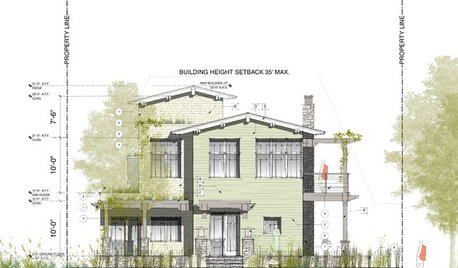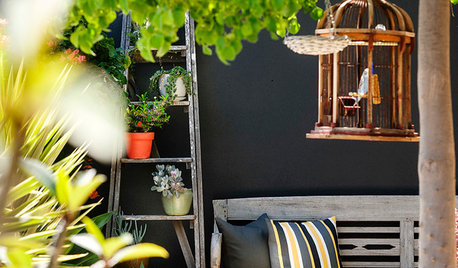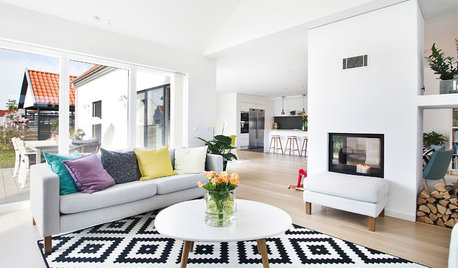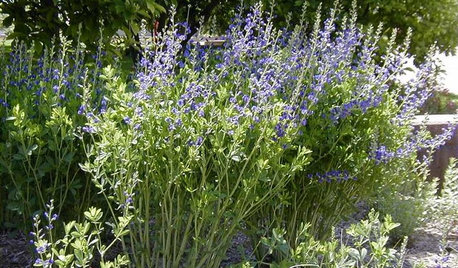Please review my planting/rotation plan for errors...
prairiemoon2 z6b MA
9 years ago
Related Stories

ARCHITECTUREThink Like an Architect: How to Pass a Design Review
Up the chances a review board will approve your design with these time-tested strategies from an architect
Full Story
GARDENING GUIDESGet a Head Start on Planning Your Garden Even if It’s Snowing
Reviewing what you grew last year now will pay off when it’s time to head outside
Full Story
URBAN GARDENSPlant a Garden That Can Move With You
Think mobile when planning your outdoor space and you can enjoy it wherever you move next
Full Story
GARDENING GUIDESWhat Are Your Spring Gardening Plans?
Tearing out the lawn? Planting edibles? Starting from scratch? Tell us what you plan to change in your garden this year
Full Story
ARCHITECTUREOpen Plan Not Your Thing? Try ‘Broken Plan’
This modern spin on open-plan living offers greater privacy while retaining a sense of flow
Full Story
GARDENING FOR BUTTERFLIES3 Ways Native Plants Make Gardening So Much Better
You probably know about the lower maintenance. But native plants' other benefits go far beyond a little less watering and weeding
Full Story
HOUSEPLANTS8 Essentials for Healthy Indoor Plants
Houseplants add so much to our homes — and can thrive when grown in the right conditions. Keep these tips in mind
Full Story
HOUSEKEEPING7-Day Plan: Get a Spotless, Beautifully Organized Living Room
A task a day sends messes away. Take a week to get your living room in shape
Full Story
DECLUTTERINGYour Clutter-Clearing Plan for the New Year
Tackle these tasks month by month for a decluttering strategy that will really pay off
Full Story
GARDENING GUIDES5 Great Plants for Borders and Screens
Get the effects of a shrub but in less time — and drawing more winged pollinators — with these herbaceous perennials
Full StoryMore Discussions







digdirt2
gardenper
Related Professionals
Edmond Landscape Architects & Landscape Designers · Suffern Landscape Architects & Landscape Designers · Boca Raton Landscape Contractors · Bristol Landscape Contractors · Fairhope Landscape Contractors · Firestone Landscape Contractors · Hannibal Landscape Contractors · Kerman Landscape Contractors · Midland Landscape Contractors · Nutley Landscape Contractors · Palatine Landscape Contractors · Waldorf Landscape Contractors · Waterford Landscape Contractors · Watertown Landscape Contractors · Silver Firs Landscape Contractorsprairiemoon2 z6b MAOriginal Author
wayne_5 zone 6a Central Indiana
digdirt2
ltilton
theforgottenone1013 (SE MI zone 5b/6a)
nancyjane_gardener
2ajsmama
prairiemoon2 z6b MAOriginal Author
ltilton
prairiemoon2 z6b MAOriginal Author
prairiemoon2 z6b MAOriginal Author
ltilton
2ajsmama
digdirt2
theforgottenone1013 (SE MI zone 5b/6a)
prairiemoon2 z6b MAOriginal Author
2ajsmama
nugrdnnut
prairiemoon2 z6b MAOriginal Author
prairiemoon2 z6b MAOriginal Author
prairiemoon2 z6b MAOriginal Author